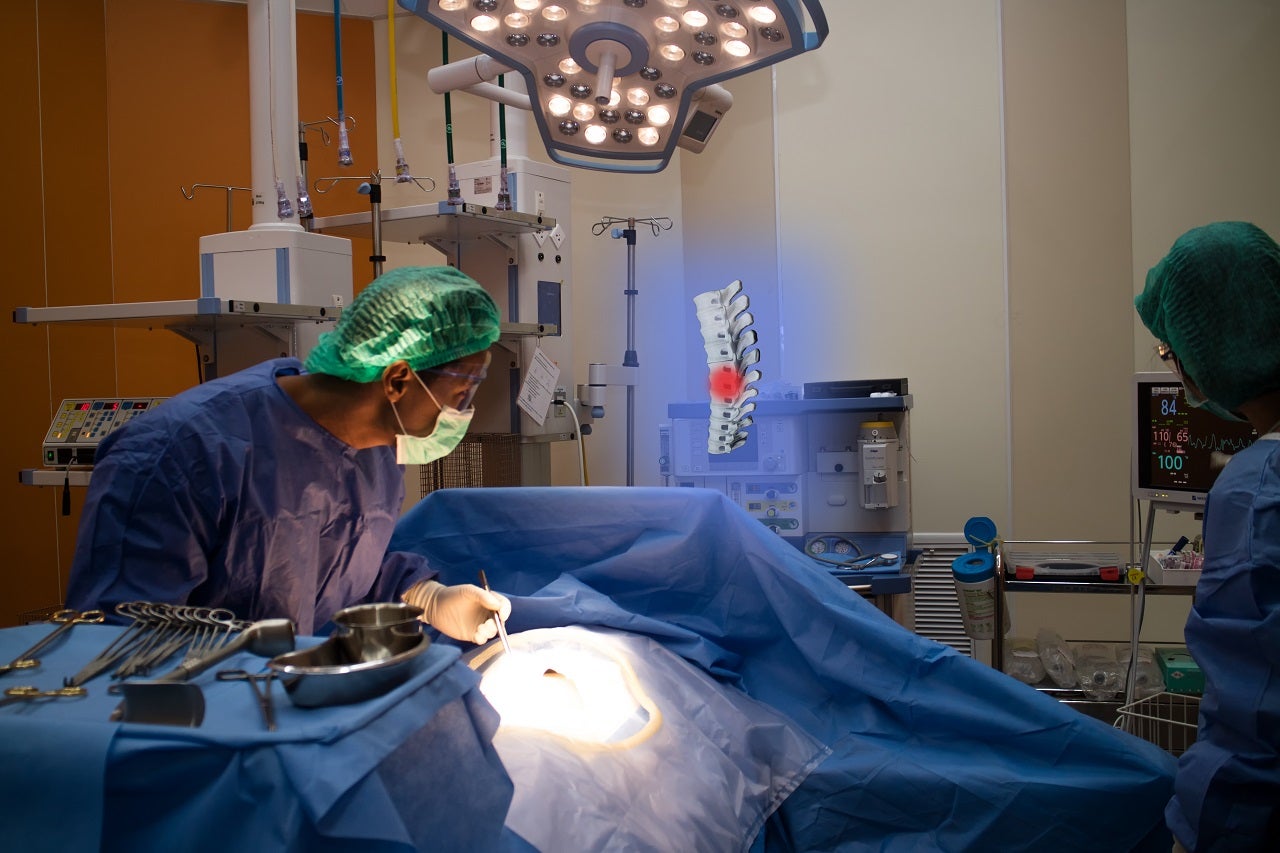Over the last few decades, minimally invasive surgery (MIS) has replaced open surgery as the preferred method across many medical fields. However, the relatively restricted field of view in MIS poses challenges when performing procedures that require three-dimensional visualization, such as correct device placement or removal of sensitive tissues.
Previous technological attempts at expanding the view during MIS have involved adopting surgical scene reconstruction techniques. However, most existing techniques have yet to demonstrate consistent performance capabilities. Consequently, greater emphasis has recently been directed towards developing the pre-existing technology of augmented reality (AR).
AR allows the user to see the real world overlaid with a layer of digital content. It can address the visual shortcomings of MIS by expanding the field of view for surgeons. Furthermore, as healthcare systems globally are still overburdened with the additional pressures of the COVID-19 outbreak, new hospital measures of limiting viral transmissions between physicians and patients are highly sought after. Surgeons opting for MIS could strongly benefit from AR when performing procedures that would normally have been an open surgery. Advancements and wide-spread adoption of AR in MIS can thus limit patient exposure to aerosolized viral particles.
AR will improve the planning and mapping of MIS
AR could be one of many approaches to reducing this burden on hospitals by indirectly controlling the spread of the coronavirus. MIS reduces surgeons’ exposure to aerosolized coronavirus particles. Open surgery also typically involves a longer hospital stay, which may increase nosocomial virus transmission and increase pressure on resources and hospital bed capacity.
Research from the University of Alberta and the University of Salento found AR could be particularly useful in laparoscopic surgery and surgical planning. The integration of AR into MIS means surgeons would not solely rely on endoscopes. Instead, AR projections of scans can be superimposed on patients in real-time to aid planning and increase accuracy when placing devices. For patients, this could reduce the chances of trauma and scarring while also accelerating postoperative recovery.
AR may not be embraced across all surgical procedures, as its use is strongly dependent on the rigidity of the organs or tissues involved in the operation. For example, AR has found relative success in neurosurgery for both the brain and spine as the structures are rigid, which helps the surgeon differentiate between the augmentation and the actual scene. On the other hand, AR and other types of image-guided surgery are unlikely to be used for abdominal MIS as organs and tissues are less rigid. Instead, traditional endoscopic views will continue to be relied upon for these procedures.
The future of MIS
AR has the potential to improve the accuracy of minimally invasive procedures, and in turn, reduce surgical errors. Worth nearly $4bn in 2018, the global AR market will reach $76bn by 2030, growing at a compound annual growth rate (CAGR) of 24%, according to GlobalData estimates. AR in MIS is currently still being researched. ProjectDR is one of the software platforms exploring how AR can improve visualization in the operating theatre. ProjectDR projects medical scans directly onto a patient body and can even provide segmented images if the surgeon selects this function. AR’s use for MIS is still in the early stages, but GlobalData expects this technology to significantly impact the healthcare industry over the next few years.





